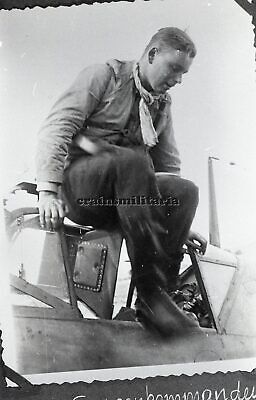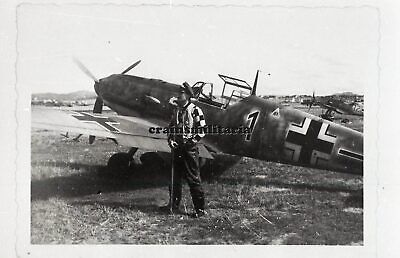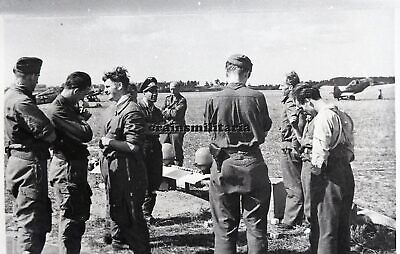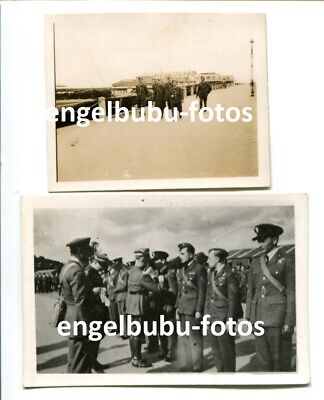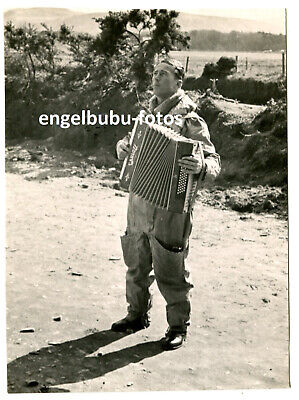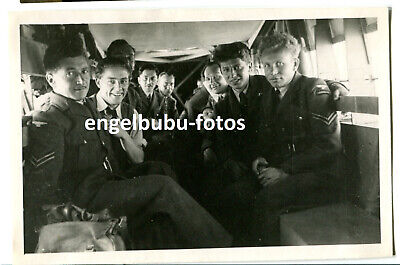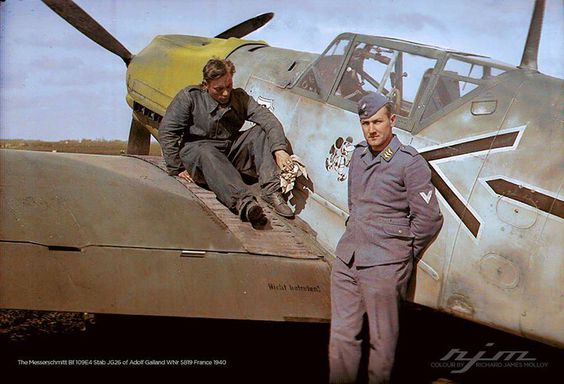- Thread starter
- #1,321
Snautzer01
Marshal
- 46,292
- Mar 26, 2007
German Eichenlaubtrager Major Rudolf Schonert, the Kommodore of NJG5 ltn Jansen and bordfunker
SCHOENERT( SCHÖNERT ?), Rudolf. (DOB: 27.07.11 in Glogau/Silesia). (RE, DKG).


SCHOENERT( SCHÖNERT ?), Rudolf. (DOB: 27.07.11 in Glogau/Silesia). (RE, DKG).
- http://www.ww2.dk/Lw Offz - S-Z Apr 2024.pdf
- https://www.ebay.de/itm/Foto-Album-Militaer-1941-42-Soldatenzeit-130-Bilder-sauber-im-Album-dokumentiert-/304556128487?hash=item46e8f5b8e7
 x9QAAOSwlxNixqvD&autorefresh=true&nma=true&si=cGqJY9nPQPFW4S7K%2BgG0s10pTmM%3D&orig_cvip=true&nordt=true&rt=nc&_trksid=p2047675.l2557
x9QAAOSwlxNixqvD&autorefresh=true&nma=true&si=cGqJY9nPQPFW4S7K%2BgG0s10pTmM%3D&orig_cvip=true&nordt=true&rt=nc&_trksid=p2047675.l2557
Last edited:
As an eBay Associate we earn from qualifying purchases.

